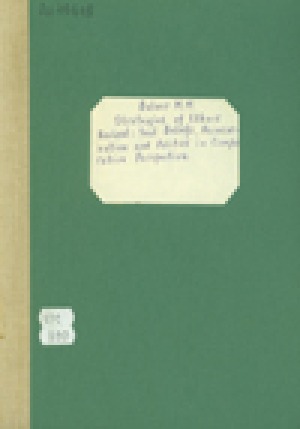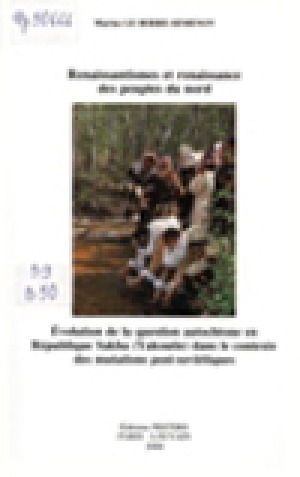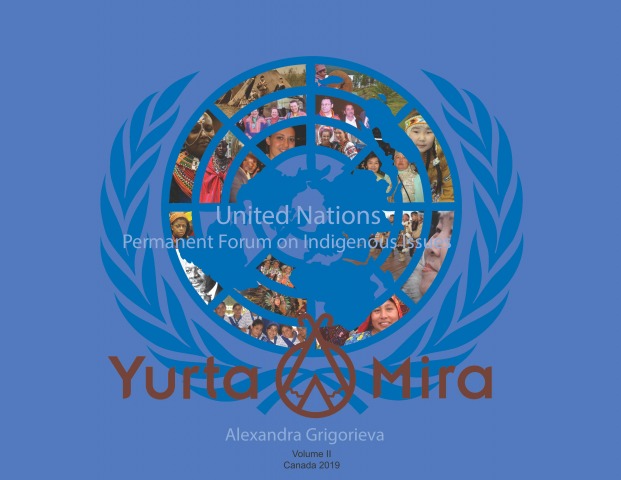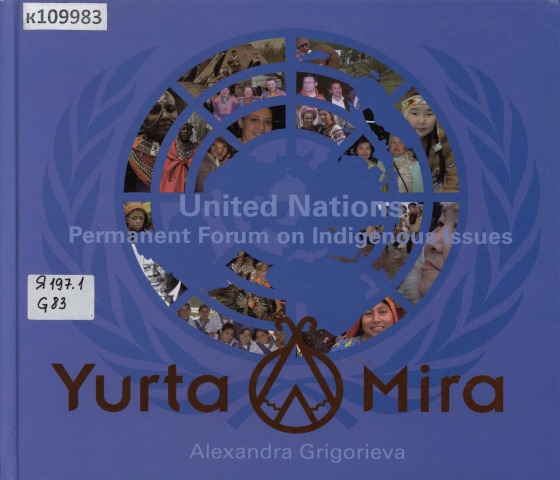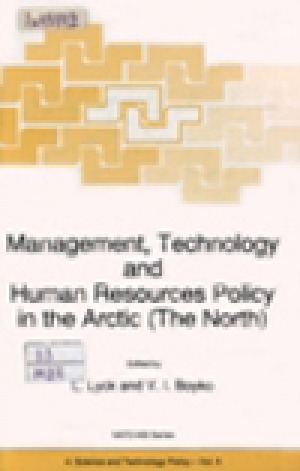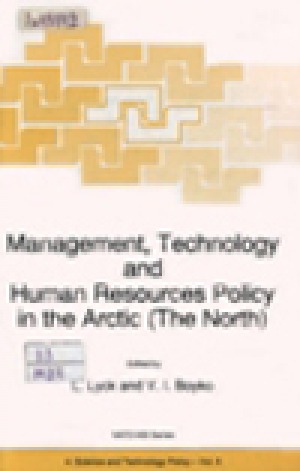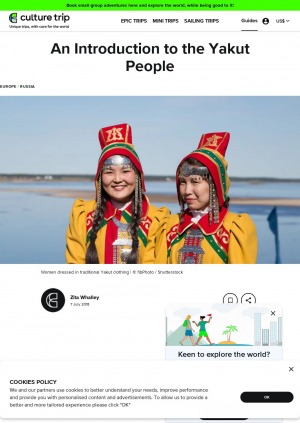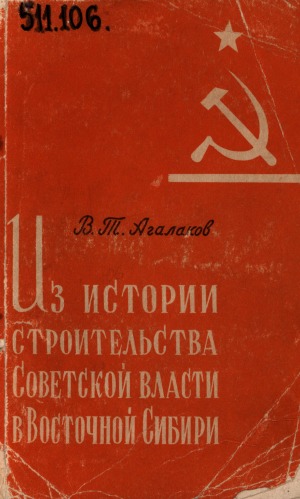Издательство: Peeters
Год выпуска: 2008
Количество страниц: 412 с.
Источник: Management, technology and human resources policy in the Arctic (The North)
Издательство: Kluwer
Год выпуска: 1996
Количество страниц: 5 с.
Volume 2
Издательство: [s. n.]
Год выпуска: 2019
Серия, номер выпуска: Volume 2
Количество страниц: 614 с.
- 1. Grigorieva Alexandra Mikhailovna, Grigoriev Afanassi Vladimirovich. Yurta Mira, 2015
- 2. Grigorieva Alexandra Mikhailovna. Yurta Mira
Volume 3. UN 75th Anniversary: dedicated to the 75th anniversary of the UN and to the 20th anniversary of the work of the President of "World Yurta of Peace" Dr. A. M. Grigorieva, PhD, Volume 3, 2020
Год выпуска: 2020
Серия, номер выпуска: Volume 3
Количество страниц: 1670 с.
Издательство: Bichik
Год выпуска: 2015
Количество страниц: 236 с.
- 1. Grigorieva Alexandra Mikhailovna. Yurta Mira
Volume 2, Volume 2, 2019 - 2. Grigorieva Alexandra Mikhailovna. Yurta Mira
Volume 3. UN 75th Anniversary: dedicated to the 75th anniversary of the UN and to the 20th anniversary of the work of the President of "World Yurta of Peace" Dr. A. M. Grigorieva, PhD, Volume 3, 2020
Источник: Management, technology and human resources policy in the Arctic (The North)
Издательство: Kluwer
Год выпуска: 1996
Количество страниц: 7 с.
Количество страниц: 5 с.
Год выпуска: 2018
Издательство: Книжное издательство
Год выпуска: 1958
Количество страниц: 188 с.
